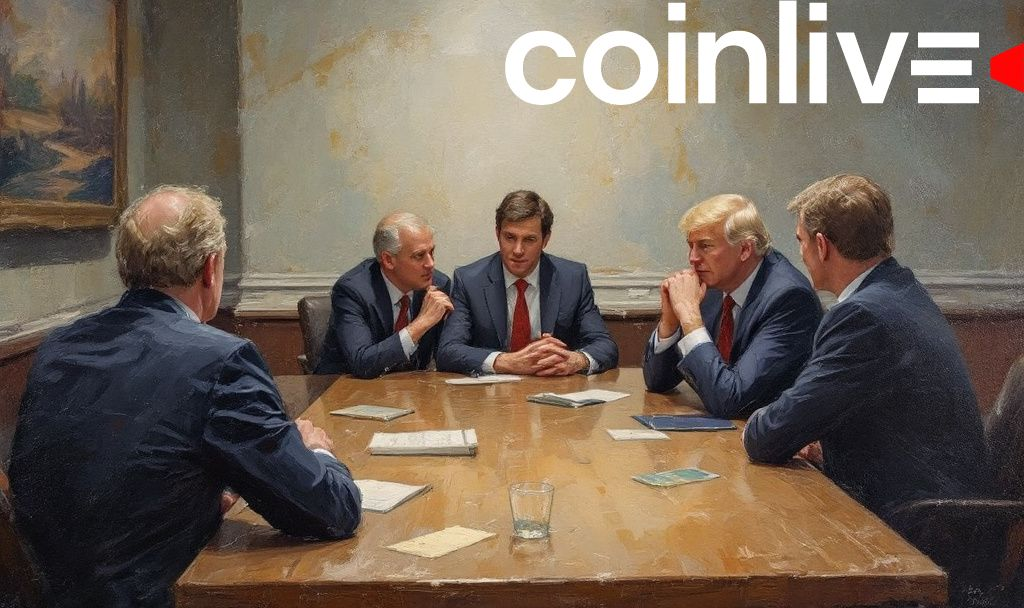- Main focus on regulating $2.7 trillion crypto industry.
- Potential expansion of CFTC’s regulatory role.
- Increased bipartisan consensus on digital asset legislation.

Eleanor Terrett, reporting from the Financial Services Committee hearing in April 2025, detailed discussions on U.S. crypto market structure reform, involving key lawmakers and industry experts in Washington, D.C.
Eleanor Terrett reported on a significant hearing by the Financial Services Committee regarding the U.S. crypto market structure reform. The meeting, held in April 2025, aimed at regulatory changes in the industry, focusing on increased CFTC authority. Representatives Steil and Khanna, industry leaders such as Jake Werrett of Polygon, and several legal experts contributed, highlighting the potential for new legislation. The discussions center on the $2.7 trillion industry, with a push for digital assets to be classified as commodities, which could offer regulatory clarity.
The current regulatory framework is not flexible enough to accommodate digital assets, leading to a situation where no crypto project has successfully registered with the Securities and Exchange Commission (SEC) and thrived. — Rodrigo Seira, Special Counsel to Cooley LLP
The hearing impacts the crypto market significantly, with the potential to reshape regulatory frameworks. Experts believe that increased regulatory clarity might result in enhanced investor confidence. Financial implications could lead to shifts in market stability, while a changing political landscape influences legislation adaptation. Legislators’ focus on market structure reform outlines anticipated adjustments in how assets are classified and regulated. Long-term effects could involve structured regulations, influencing tech advancements and economic stability within the crypto space.
Regulatory adaptation may follow, with potential market stability as a result. Experts cite historical precedents, such as Canada’s regulatory standards, suggesting possible trajectories. Analysts predict tangible shifts in market regulations, drawn from past frameworks and ongoing legislative pursuits.








